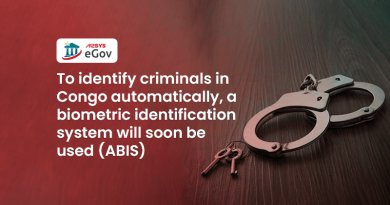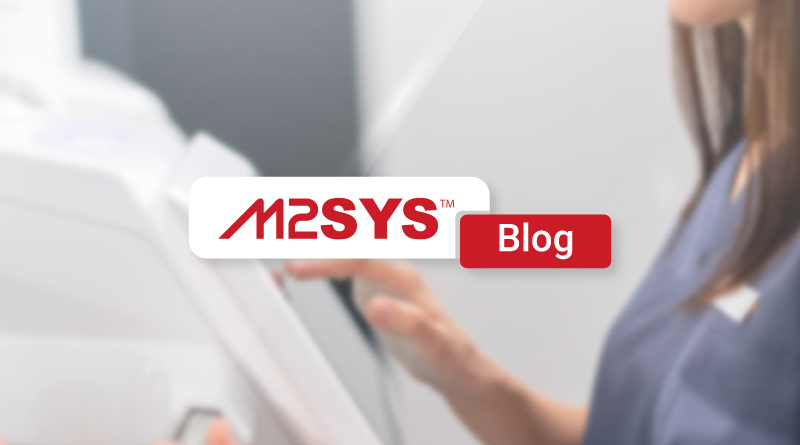Why Law Enforcement Agencies Need Unified, Real-Time Criminal Records Across Jurisdictions
Law enforcement agencies face challenges with fragmented criminal records across jurisdictions, leading to delays and increased risks. Unified, real-time systems can enhance public safety by providing instant access to comprehensive data, reducing operational costs, and improving compliance.
What if a simple traffic stop turns dangerous because an officer lacks full details on a suspect’s history from another state? This question highlights a major issue in modern policing. Law enforcement agencies across the United States and beyond struggle with disconnected systems that slow down access to vital information. In fact, a 2023 report from the National Institute of Justice shows that delays in sharing criminal records contribute to higher risks for officers and the public in about 25% of cross-border incidents. These gaps force teams to waste time piecing together data from various sources, and that can lead to missed opportunities or even tragic outcomes.
Challenges of Fragmented Criminal Records in Multi-Jurisdiction Law Enforcement
Law enforcement agencies often deal with paper-based or outdated digital systems that create silos. For example, a state police department might hold records that a neighboring county cannot access quickly. This fragmentation leads to delayed data sharing between departments, which raises operational costs and slows investigations. Officers spend hours on manual checks instead of focusing on fieldwork. Moreover, compliance issues arise when data does not meet standards across regions, risking legal challenges in court. Historical events, like the 2015 San Bernardino attack, revealed how poor information sharing between federal and local agencies allowed threats to slip through cracks. Today, market trends point to a growing need for better integration, with a 2024 Gartner study predicting that 70% of agencies will adopt cloud systems by 2027 to address these problems.
However, these challenges extend to case tracking and customizing legacy systems. Investigative units find it hard to follow leads when records scatter across jurisdictions. Correctional administrations face similar hurdles during inmate transfers, where incomplete histories lead to errors in booking or release. Government ministries overseeing public safety see high deployment delays when trying to link old systems with new tech. Expert opinions from former FBI Director James Comey emphasize that seamless data flow saves lives by enabling faster responses. Real-world examples, such as the coordination failures during Hurricane Katrina in 2005, show how fragmented workflows hamper emergency operations across states.
How Real-Time Criminal Records Systems Boost Public Safety
A real-time criminal records system changes this picture by pulling data together instantly. Agencies gain a single view of histories, no matter the jurisdiction. This setup cuts down on high operational costs because teams avoid redundant data entry. For instance, during a multi-state manhunt, officers access updates on the spot, which speeds up captures and reduces risks. Transitioning to such systems also solves integration issues with legacy setups. Police departments report fewer errors in case tracking, as information updates automatically. In addition, public safety agencies maintain compliance more easily, since the system adapts to local rules without constant tweaks.
Benefits of Unified Systems for Police Departments and Investigative Units
Police departments benefit directly from these systems. Officers in the field pull up complete records during stops, which helps them make safer decisions. Investigative units track cases across borders without losing details, so they close files faster. A 2022 study by the Bureau of Justice Statistics found that agencies with unified access reduced investigation times by 40%. Meanwhile, correctional and prison administrations handle intakes smoothly, with automatic population of histories that prevent mix-ups. Government ministries coordinate better with local teams, ensuring policies align across regions. For example, in Utah, the Salt Lake County Sheriff’s Office improved inmate management by integrating systems that keep data consistent from booking to release, cutting errors and boosting accountability.
Real-World Examples of Multi-Jurisdiction Success
Across the United States, correctional facilities have seen gains from better identity controls for inmates and visitors. These efforts reduce fraud and improve security by sharing real-time info. On a global scale, projects like Iraq’s border control modernization show how secure systems strengthen national safety. M2SYS draws from over 20 years of experience working with governments and law enforcement agencies in the United States and worldwide to tackle these issues. Their eGov platform builds and delivers eLaw Enforcement solutions that address fragmented workflows and delayed sharing.
Why Choose a Platform Like M2SYS eGov for Real-Time Solutions
As agencies face these pain points, platforms like M2SYS eGov offer practical ways forward. This platform creates eLaw Enforcement tools that aggregate records in real time, ensuring officers get accurate info across jurisdictions. It handles customization for legacy systems, so deployment happens without major holdups. For instance, it streamlines data sharing for investigative units and correctional administrations, reducing costs and compliance risks. Public safety agencies use it to track cases seamlessly, drawing on cloud infrastructure that respects regional rules. With features tailored for multi-region work, it supports federal task forces alongside local departments. In the end, such solutions turn slow, reactive processes into efficient operations that protect communities better.









